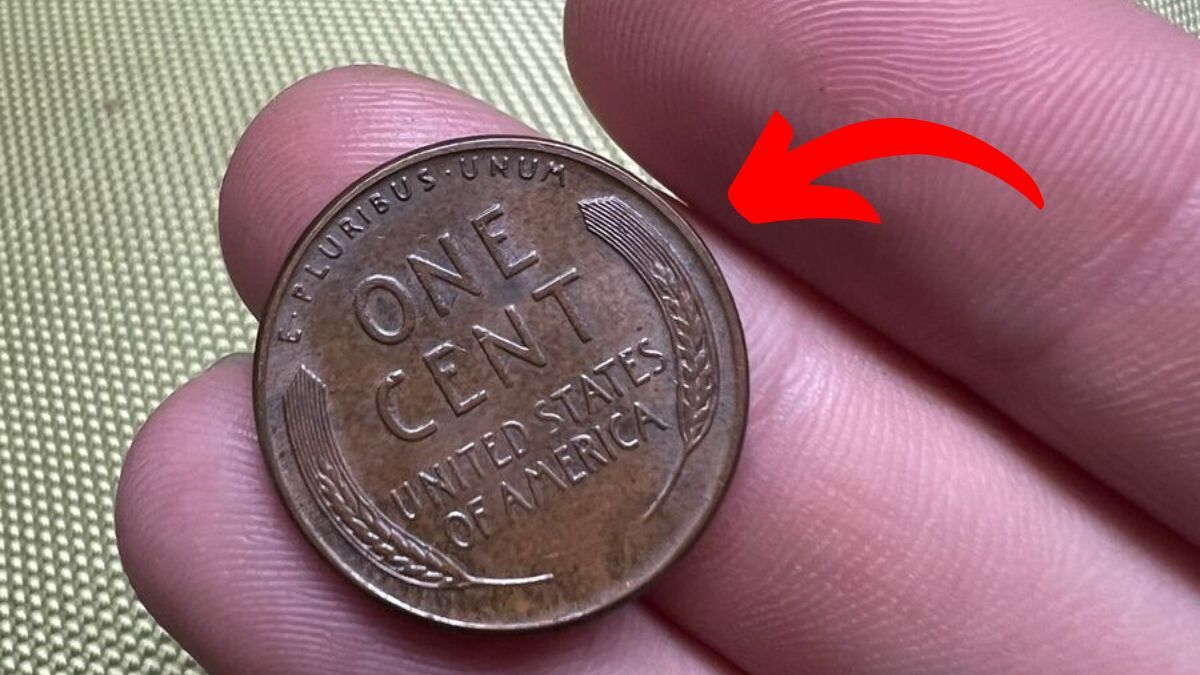The Lincoln Wheat Penny Worth $815,000: Could One Be in Your Pocket Right Now?
Can you imagine stumbling upon a penny that’s worth more than a brand-new house? Sounds unbelievable, right? But that’s exactly what happened with a rare Lincoln Wheat Penny that fetched a jaw-dropping $815,000 at auction. Even more mind-blowing? There’s a chance that a few of these hidden treasures are still floating around today—tucked inside old piggy banks, passed over at checkout counters, or lying unnoticed in change jars across America.
A Classic Born from American Pride
The Lincoln Wheat Penny made its debut in 1909, honoring the 100th birthday of President Abraham Lincoln. It was a big deal back then—this was the first U.S. coin to feature a real person rather than the usual symbols like Lady Liberty. The designer, Victor David Brenner, created an elegant profile of Lincoln for the front, while the back featured two simple wheat stalks—a nod to the nation’s agricultural roots. This iconic design stuck around until 1958, making it one of the longest-running coin designs in U.S. history.
The 1943 Mistake That Became a Millionaire Maker
During World War II, copper was urgently needed for ammunition and military equipment, so the U.S. Mint decided to make pennies out of zinc-coated steel in 1943. These shiny “steelies” looked more like nickels than pennies. But here’s where the magic happened: a few leftover copper blanks from 1942 were mistakenly used in 1943.
And just like that, one of the rarest and most valuable coins in American history was born—a 1943 copper Lincoln penny. Only about 20 of these error coins are known to exist today. One of them, in pristine condition, made headlines when it sold for that staggering $815,000.
Why Are Some Pennies Worth a Fortune?
It’s all about rarity, condition, and historical significance. That 1943 copper penny is the perfect storm of all three. These coins weren’t supposed to exist, making them incredibly rare. If you find one that’s in great condition and it’s been authenticated by a reputable grading service, you’re sitting on a small fortune. But beware—counterfeits do exist, so certification is a must.
Other Wheat Pennies Worth Watching For
While the 1943 copper penny is the crown jewel, other Lincoln Wheat Pennies can also be worth serious cash. Here are a few to keep an eye out for:
- 1909-S VDB – Features the designer’s initials and was quickly pulled from circulation, making it a collector favorite.
- 1914-D – Hard to find, especially in good condition.
- 1922 “No D” – A rare error where the Denver mint mark was accidentally left off.
- 1931-S – Produced during the Great Depression in limited numbers.
- Double-die errors – These coins show a doubling in the design and can bring in thousands of dollars.
How to Spot a Valuable Penny
If you’re curious about what’s hiding in your change, start by checking any Lincoln pennies dated between 1909 and 1958—those are the classic wheat backs. Look for specific key dates, especially 1943. If you find a 1943 penny that looks coppery instead of silvery, try the magnet test. Steel pennies stick to magnets; copper ones don’t. If your 1943 penny passes the test, it’s worth having it professionally evaluated—you could be holding a six-figure coin.
A Window into American Life
Beyond the money, Lincoln Wheat Pennies offer a fascinating glimpse into American history. These coins changed hands during some of the most pivotal moments in the 20th century—from the industrial age and the Great Depression to WWII and beyond. Think about it: every worn penny carries a silent story, a whisper from the past that connects you to generations of Americans.
A Hobby That’s Easy to Start
One of the best things about collecting Wheat Pennies is how accessible it is. You don’t need a fortune to get started. In fact, many collectors begin just by sorting through pocket change or inherited coin jars. It’s a hobby that’s part treasure hunt, part history lesson, and part thrill of discovery.
The Hunt Goes On
Sure, finding a penny worth $815,000 might sound like winning the lottery. But even if you don’t strike gold, the journey is rewarding. Some collectors have uncovered Wheat Pennies worth hundreds or even thousands of dollars just by paying close attention. So next time you’re handed change, take a second look—you might be holding more than just a penny. You could be holding a piece of history.
